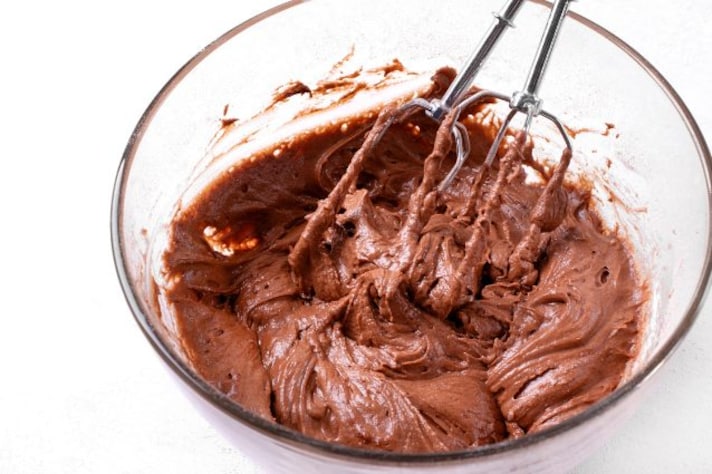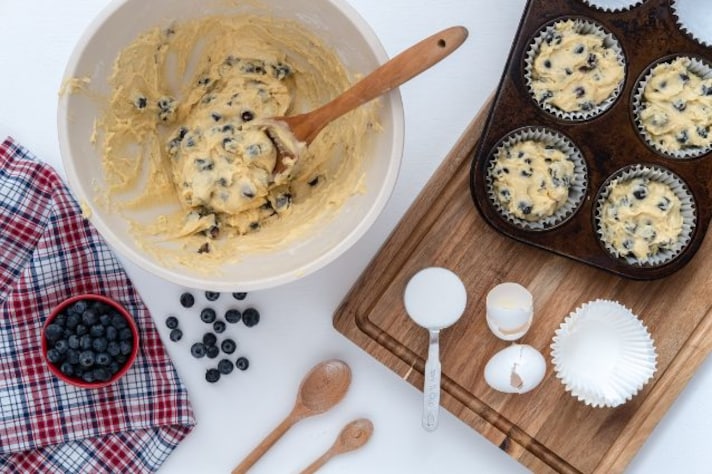
Now that temperatures are finally veering towards the cooler side, it’s no longer a chore to turn on the oven and bake delicious treats. Muffins, the undisputed kings and queens of breakfast, tea, and snack tables, call to us with their warm, comforting aroma. We all dream of those fluffy, bakery-style muffins with sky-high domes, but sometimes reality serves up something less majestic—flat, dense, and underwhelming muffins that seem like they didn’t get the memo. So, why does this happen? And more importantly, how can we fix it?
Why Muffins Turn Out Dense (And How to Spot It Early)
Muffins come out dense for a variety of reasons, but the most common culprit is over mixing. When you stir the batter too much, the gluten in the flour overdevelops, turning your light and airy muffins into something that could moonlight as a paperweight. Too little leavening agent, like baking powder or soda, can also leave you with sad, flat results.
You can often spot a dense muffin coming even before it hits the oven. If your batter is thick and heavy, more like dough than batter, that’s a red flag. During baking, if your muffins rise only a little or develop cracks without that fluffy dome, it’s a sign they may be dense inside. So, keeping an eye on the texture from start to finish is key.

How to Ensure Your Muffins Stay Fluffy
To get those picture-perfect muffins, the trick lies in how you handle the batter. First, let’s talk about mixing. Think of it like a first date—just the right amount of interest is key. Gently fold the wet ingredients into the dry ones until just combined. Some lumps in the batter are totally fine, like those charming quirks you learn to love—they won’t hurt the final product. Over mixing, though, leads to overworked gluten and denser muffins.
Another crucial factor is the right balance of leavening agents. Too much or too little baking powder can sabotage your muffins. Follow the recipe precisely, and if you’re feeling adventurous, add a dash of baking soda if you're working with acidic ingredients like buttermilk or yogurt. This ensures a better rise and fluffier texture.
Temperature is equally important. Muffins love a blast of heat at first, so consider starting with a higher oven temperature (around 220°C) for the first five minutes, then lower it back to the recipe’s suggestion. This helps activate the leavening agents faster, giving you that coveted muffin dome. Just don’t forget to lower it after that initial boost!

Can You Save a Dense Muffin? Absolutely!
So, you’ve pulled your batch of muffins out, and they’re denser than a brick? Don’t toss them just yet—there’s still hope. If they’re fresh from the oven and still warm, you can slice them in half and toast them with a bit of butter, making them an unexpectedly delightful snack. You could even drizzle some honey or jam to add a burst of flavor that distracts from the density.
If you want to get a little more creative, try crumbling those dense muffins and turning them into a topping for yogurt or ice cream. Another great option is using them as a base for a bread pudding—because when life gives you dense muffins, make dessert! Just tear them into pieces, soak in a custard mixture of milk, eggs, and sugar, then bake for a rich, indulgent treat.
Sometimes muffins are just misunderstood, and all they need is a second chance to shine in a new form. So while you can’t always transform dense muffins into fluffy ones, you can certainly give them a delicious new purpose.
;Resize,width=767;)
